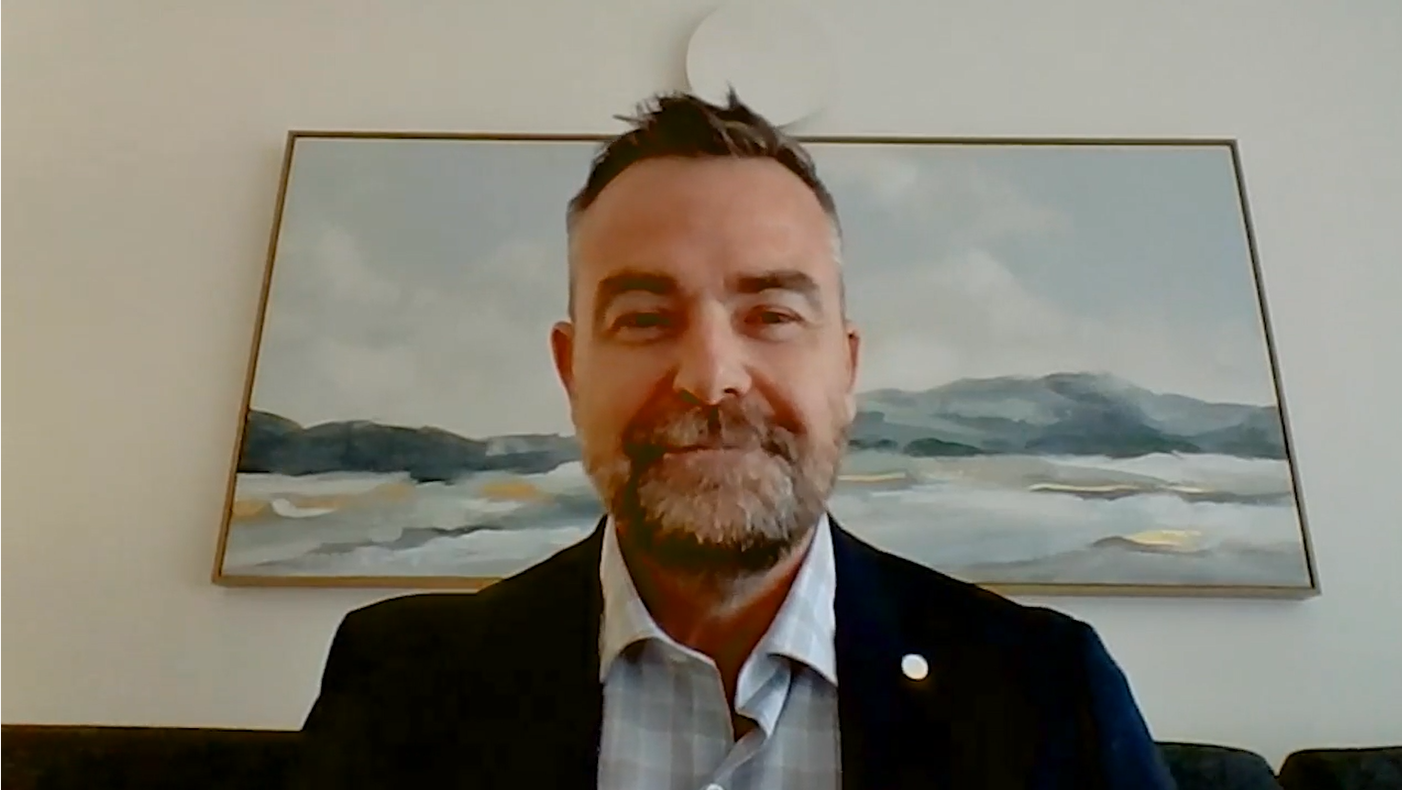Insights from BSI’s Future Learning Podcast
This article summarises the key points from BSI Group CEO Simon Dewar’s discussion on internationalising education with BSI Learning Institute CEO Kala Philip, CEO of Cyprinoid Solutions Dr Russell Joshua and Vice Chancellor of Chandigarh University in Mohali, India Prof. Manpreet Singh Manna.
Transnational education is reshaping the global education landscape, with Australia leading the way in innovative cross-border models. Dr Russell Joshua highlights several standout examples of Australian institutions successfully delivering education beyond their home country, demonstrating how higher education and vocational education can drive local workforce development and economic growth.
This is the fourth video in our series on Transnational Education, where we discuss the importance of global education in skilling for the future, and its importance to Australia.
Building Long-Term Educational Partnerships
One of the most successful examples is RMIT Vietnam. It has been operating for over three decades. Unlike short-term partnerships, this university is fully integrated into Vietnam’s education system.
"RMIT Vietnam is an established long-term institution," Dr Joshua explains. "It focuses on building local capacity, enhancing employability, and strengthening Vietnam's innovation system." This model helps students develop skills that match their country’s economic needs. At the same time, they benefit from Australian education standards.
Singapore: A Hub for Global Education
Another notable case is James Cook University (JCU) Singapore. It elevates transnational education by registering as a Singaporean institution. This status allows JCU Singapore to offer degrees recognised in both Singapore and Australia. As a result, graduates enjoy seamless career mobility.
"The professional accreditation bodies in Singapore and Australia jointly and mutually recognise the qualification," says Dr Joshua. This approach enables students in psychology, business, and environmental science to work across both countries without barriers.
Vocational Education: Addressing Regional Workforce Gaps
Beyond traditional higher education, vocational education plays a crucial role in transnational education. TAFE Queensland’s work in the South Pacific is a prime example, training up to 70% of vocational students in the region. Many of these students participate in work-integrated learning in Australia before applying their skills in their home countries. This model aligns with the future of work, ensuring that students are equipped with industry-relevant training and practical experience.
Similarly, Box Hill Institute’s campus in Kuwait provides technical education tailored to local workforce demands. Many students are already assigned to future employers upon enrolling, creating a direct link between education and employment outcomes.
The Key to Success: Local Integration
A critical factor in successful international education models is a deep commitment to local engagement. As Dr Joshua puts it, "It’s not about just transplanting a franchise from Australia to another country—it has to be home-grown, championed, and fully integrated."
By tailoring courses to meet regional workforce demands, ensuring mutual recognition of qualifications, and embedding long-term institutions rather than short-term partnerships, Australian institutions are setting the standard for global education. These approaches not only enhance employability but also support economic growth in partner countries, solidifying Australia’s role as a leader in transnational education.
Watch the full podcast episode on Apple or Spotify.
Thank you for tuning in!
